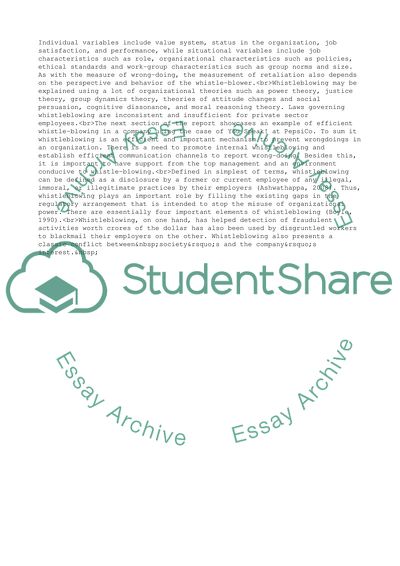Cite this document
(“Not Found (#404) - StudentShare”, n.d.)
Not Found (#404) - StudentShare. Retrieved from https://studentshare.org/management/1726109-whistle-blowers
Not Found (#404) - StudentShare. Retrieved from https://studentshare.org/management/1726109-whistle-blowers
(Not Found (#404) - StudentShare)
Not Found (#404) - StudentShare. https://studentshare.org/management/1726109-whistle-blowers.
Not Found (#404) - StudentShare. https://studentshare.org/management/1726109-whistle-blowers.
“Not Found (#404) - StudentShare”, n.d. https://studentshare.org/management/1726109-whistle-blowers.


